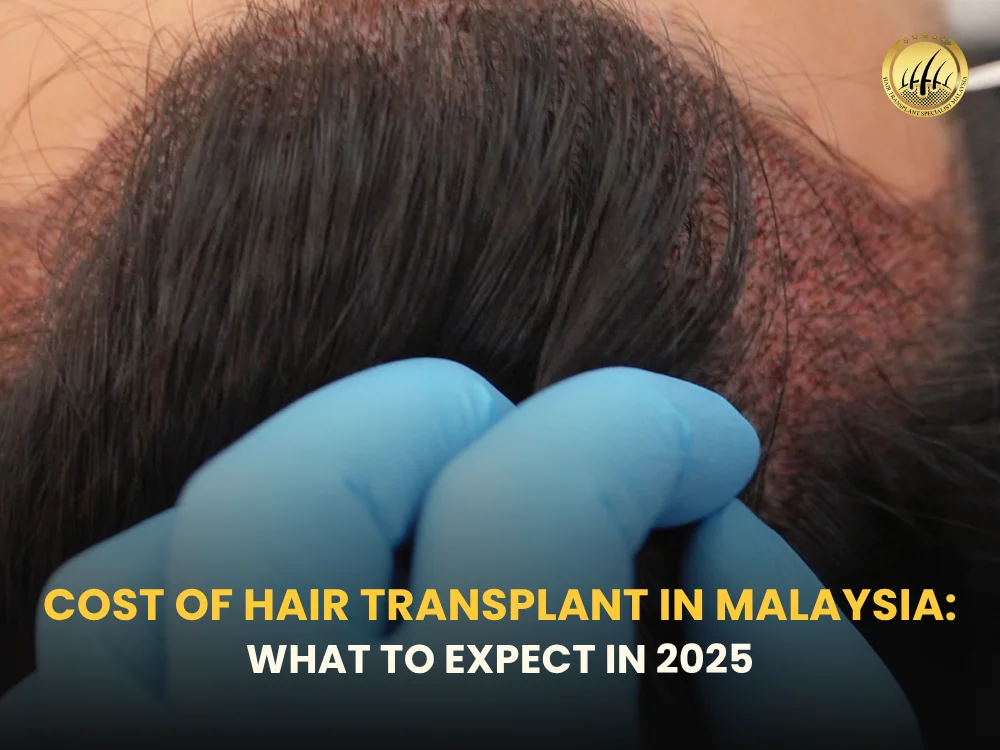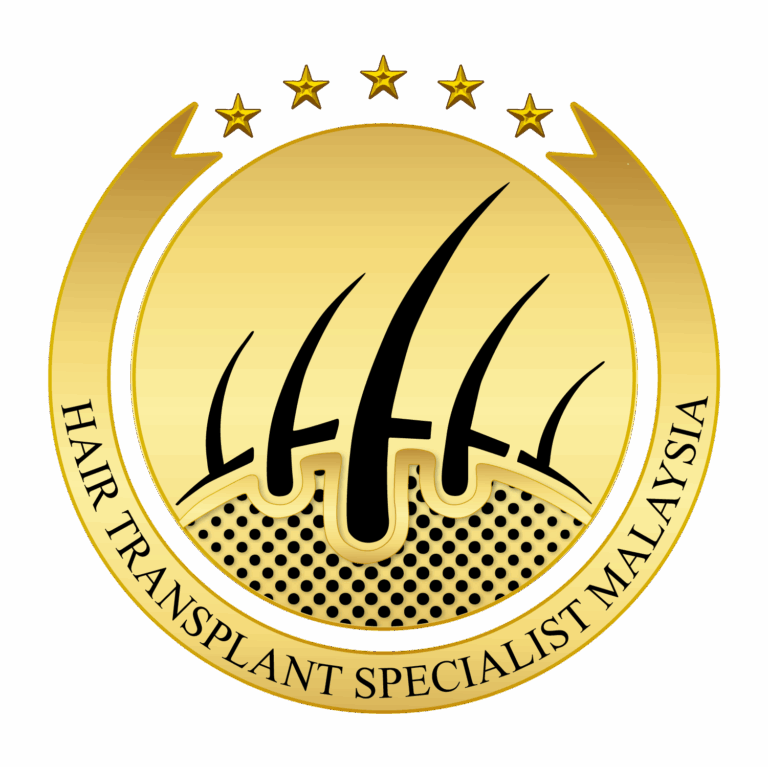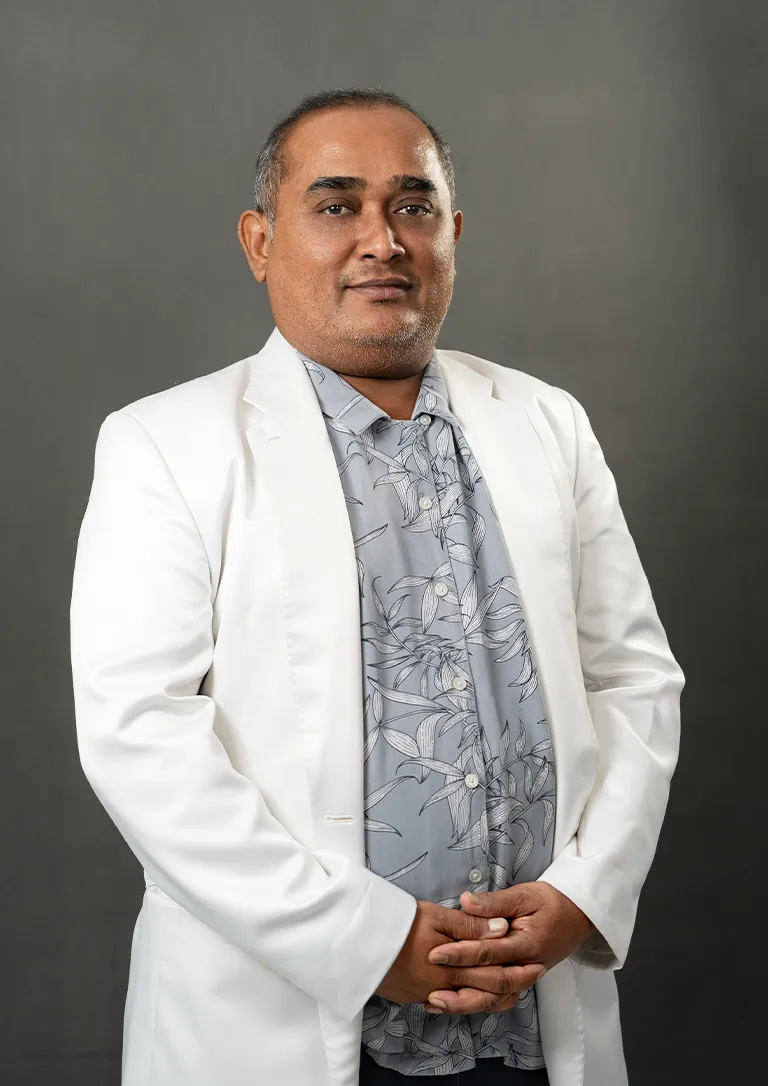If you’re considering restoring your hair, understanding the cost of hair transplant in Malaysia is essential before making decisions. In this article, we’ll walk you through up-to-date pricing in 2025, key factors influencing cost of hair transplant, the types of procedures available, the recovery process, and how to pick a qualified clinic.
The Cost of Hair Transplant: What Drives the Price
When we talk about the cost of hair transplant, there’s no one-size-fits-all number. Several factors push the price up or down:
- Type of procedure: FUE (Follicular Unit Extraction) generally costs more than FUT (Follicular Unit Transplantation) because it’s more labor intensive.
- Number of grafts needed: The larger your balding area, the more grafts you’ll need, raising the total cost of hair transplant.
- Clinic reputation & surgeon credentials: Clinics or surgeons certified by organizations like ABHRS (American Board of Hair Restoration Surgery) or ISHRS (International Society of Hair Restoration Surgery) tend to charge a premium.
- Geographic location & clinic overhead: In Kuala Lumpur or Penang, clinic rental and staffing costs are higher than in smaller towns.
- Technology & additional services: Use of robotic systems, PRP (Platelet Rich Plasma) adjuncts, or advanced sedation can increase cost of hair transplant.
- Post-op care, medicines, follow-ups: These sometimes are bundled, sometimes extra.
So when someone gives you a figure, ask: What method? How many grafts? Which surgeon?

Typical Price Ranges in Malaysia (2025 Estimates)
Here’s a ballpark of what you might expect in Malaysia in 2025 (subject to clinic, city, and procedure):
Procedure Type | Price Range (MYR) | Notes |
FUT (strip method) | RM 6,000 to RM 15,000 | Quoted for moderate coverage (~1,500–3,000 grafts) |
FUE (manual) | RM 10,000 to RM 25,000 | More labor intensive, ideal for smaller areas |
FUE (robotic / advanced) | RM 20,000 to RM 35,000+ | For premium clinics using the latest tech |
Additional services (PRP, medications) | RM 1,000 to RM 5,000 extra | Depending on clinic package |
These numbers reflect what many established clinics currently list, adjusted upward for inflation and higher technology adoption in 2025.
Why the Range Is So Wide
It may seem baffling that one clinic quotes RM 8,000 and another RM 30,000. Here’s why:
- Graft count difference: One patient might need 1,500 grafts; another needs 4,000.
- Surgeon skill & experience: A surgeon with 25 years in the field, ABHRS / ISHRS certified, commands a premium rate.
- Clinic prestige & marketing: Well-known clinics with high demand may charge more.
- Technique nuances: Some clinics perform direct follicular unit grafting, others “mega-sessions.”
- Hidden costs: Pre-op assessments, anesthesia, follow-ups, medications, and transport may not be included in the initial quote.
Thus, comparing only “cost per graft” without context can be misleading.
FUE vs FUT — How Method Affects the Cost of Hair Transplant
When budgeting your cost of hair transplant, it helps to know the difference between FUE and FUT:
- FUE (Follicular Unit Extraction): Individual follicles are harvested from the donor area. It’s more time-consuming and typically leaves tiny dot scars that heal well. Because more effort is involved, the cost is higher.
- FUT (Strip method): A strip of scalp is removed from the donor zone and dissected into grafts. This can be faster for high graft numbers, which may reduce cost per graft, but leaves a linear scar.
Some clinics adopt hybrid approaches or “long hair FUE” to balance aesthetics and cost. When they quote you, ask which method is used for your case.
Choosing a Qualified Clinic — What to Look For
To make your investment worthwhile, evaluate potential clinics carefully. Here’s a checklist:
- Surgeon credentials and certifications: Prefer ABHRS or ISHRS certified surgeons.
- Before & after photos: Check for real patient results, similar hair types, and consistency.
- Transparency in pricing: The quote should break down graft count, technique, medications, post-care.
- Facility standards: Operating theatre, hygiene, sterilization, and supportive infrastructure matter.
- Follow-up support & warranties: A good clinic will offer post-op care, touch-up policies, and open communication.
- Patient testimonials & reviews: Read independent reviews and ask past patients if possible.
A clinic in Malaysia with over 25 years of expertise and certified by ABHRS / ISHRS is likely to deliver better results and justify its pricing.
How Many Grafts Will You Need?
Your graft requirement depends on how extensive the baldness is. For mild receding hairline, 1,500–2,500 grafts may suffice. For larger crowns and frontal zones, 3,000–5,000 grafts might be necessary. Clinics often estimate based on:
- Scalp laxity and donor area density
- Hair characteristics (thickness, curl, color contrast)
- Your goals (fullness vs coverage)
More grafts = higher cost. But you also want to avoid under-treating, which may force a second operation.
The Consultation Process & Hidden Factors
A professional clinic in Malaysia typically will:
- Assess your scalp and donor area
- Estimate number of grafts needed
- Decide on method (FUE / FUT / hybrid)
- Discuss post-op care, downtime, risks
- Provide a written treatment plan and cost breakdown
Hidden factors you should watch out for:
- Travel & accommodation: For out-of-state or international patients
- Medications & supplements: Some clinics include; some charge separately
- Follow-up sessions: Some clinics include one or two touch-ups; others don’t
- Surgeon vs technician division: Ensure the key steps are done by the certified surgeon—not entirely by assistants
Recovery Time, Risks & Value — Beyond the Price
It’s crucial to think not only about cost but value. A poorly done transplant (too dense, poor angle, visible scarring) can cost you more in revisions and confidence than paying slightly more upfront.
Typically:
- Initial healing: 7–14 days for scabs to fall
- Shedding phase: Month 2–4, transplanted hairs may fall before regrowth
- New growth: Starts month 4–6; full appearance by 12–18 months
- Risks: Infection, shock loss, unnatural density, scarring
A highly experienced surgeon with 25+ years of practice and recognized certifications reduces these risks and often offers better long-term natural results.
ROI — Does the Price Justify the Outcome?
When you look at the cost of hair transplant in Malaysia, think long term. A successful transplant can:
- Restore a youthful hairline and boost self-confidence
- Save ongoing costs of concealers, medications, wigs
- Provide a permanent (or semi-permanent) solution
If a clinic offers a low price but lacks credentials or transparency, you may risk a subpar result or needing another procedure. Often, it’s better to invest in a well-reputed clinic than gamble on bargain deals.
Smart Tips to Minimize Cost (Without Sacrificing Quality)
- Bundle services: Some clinics offer packaged pricing (surgery + meds + post-care).
- Off-peak discounts: Clinics may have lower rates during slower months.
- Negotiate graft tiers: Ask if there’s a ceiling price per graft.
- Travel offers: Clinics sometimes offer travel or lodging for out-station patients.
- Financing plans: Many top clinics provide installment or medical financing options.
Always ensure you aren’t cutting corners on safety, sterility, or surgeon skill.
How to Verify Credentials & Clinic History
Before settling on a clinic:
- Check membership and certification status under ABHRS or ISHRS directories
- Ask for surgeon’s portfolio spanning at least 10 years
- Request patient references or direct testimonials
- Confirm the clinic’s facility accreditation, sterilization standards, and whether it’s hospital-grade
A clinic advertising “25 years in the field” plus certified status typically signals reliability.
FAQs (10 common questions about Cost of Hair Transplant)
1. What is the average cost of hair transplant in Malaysia in 2025?
It depends greatly on graft count and technique, but typical ranges are RM 6,000–RM 35,000 or more, depending on FUE, FUT, robotic systems, and clinic reputation.
2. Does cost per graft vary across clinics?
Yes—some clinics quote RM 10/graft, others RM 25/graft. But that number alone is misleading; always check what’s included (surgeon fee, follow-ups, meds).
3. Is FUE always more expensive than FUT?
Generally yes, due to labor intensity and precision, but for some large cases FUT might become cost-efficient on a per-graft basis.
4. Will I need a second session?
Possibly—depending on your goals, donor supply, and how dense you want the result. Revisions or touch ups may add to total cost.
5. Are there hidden costs I should watch out for?
Yes—things like consultations, blood tests, medicines, follow-ups, travel and lodging if you’re visiting from out of state.
6. Does surgeon certification (ABHRS/ISHRS) matter in cost?
Definitely. Certified surgeons often charge premium rates, but they also tend to deliver safer, more natural, and lasting outcomes.
7. How can I lower my cost without compromising quality?
Look for bundle deals, travel packages, negotiate graft tiers, or choose clinics with transparent pricing—but never compromise the expertise or safety.
8. What about financing or payment plans?
Many reputable clinics in Malaysia offer payment plans or medical financing, making the procedure more accessible.
9. How long until I see results, and does that affect cost value?
New hair often begins to show in 4–6 months and matures by 12–18 months. A good result lasting years helps justify the upfront cost.
10. Is it better to choose a local clinic or travel abroad?
A local clinic with strong credentials and history is often safer and easier for follow-ups. Travelling abroad can increase hidden costs and complicate post-op care.
Conclusion
Evaluating the cost of hair transplant in Malaysia in 2025 means more than comparing price tags—it’s about assessing the quality, credentials, transparency, post-care, and long-term outcomes. A clinic with 25+ years in the field and certifications from ABHRS / ISHRS brings not just experience, but trust.
If you’re ready to move forward, choose a clinic that provides a clear breakdown (number of grafts, technique, post-care) and lets you talk openly with the surgeon. In the long run, investing wisely can deliver a natural, permanent improvement—not just hair, but confidence.
👉 If you’re looking for a recommended Hair Transplant Malaysia Clinic with top credentials (ABHRS / ISHRS certified and over 25 years’ expertise), I can help you review options and pick the best one for your situation.

